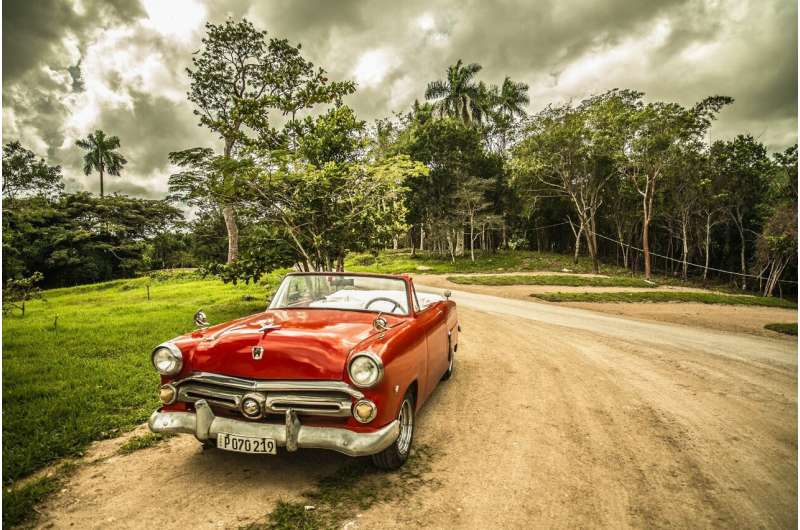This article has been reviewed according to Science X's editorial process and policies. Editors have highlighted the following attributes while ensuring the content's credibility:
fact-checked
trusted source
proofread
Using nostalgia effectively in the realm of design and innovation

A new study published in the Journal of Design Research introduces an innovative approach that combines co-creation and follow-up interviews to use nostalgia effectively in the realm of design and innovation. The objective is to harness nostalgia as a valuable tool for creating meaningful and user-centric experiences, products, and services.
Co-creation is a collaborative tool used by designers who collaborate closely with users during the initial, and sometimes all, stages of the process to understand more clearly the wants and desires of their putative users. Renu Zunjarwad of the Herberger Institute for Design and the Arts at Arizona State University has illustrated the approach by examining the cultural significance of street-food in Mumbai and comparing it with production, distribution, and consumption practices of street-food in Phoenix, Arizona, U.S.
Zunjarwad's research highlights the importance of focusing on the cultural networks surrounding an artifact in design research. She concludes that co-creation is a powerful technique for exploring abstract concepts such as trust, nostalgia, and social anxiety. When effectively implemented, co-creation can provide valuable insights for developing user-centric experiences and products.
The work forms part of a larger project investigating how nostalgia, authenticity, and tradition influence Indian street-food practices in the global context. Key research questions center on the role of nostalgia in shaping street-food practices in the era of globalization and the contribution of design to these experiences.
While co-creation can be employed at any stage of the design and product development process, it is most effective when used early to identify broader opportunities based on the wants of the potential consumers of the product. However, successful co-creation requires careful planning, collaboration, and facilitation to generate unique value and thence solutions that focus on the customer rather than simply the bottom-line. The benefits can be substantial although the approach requires more time and energy than conventional design processes by virtue of involving more people who are beyond the company's regular staff.
Zunjarwad adds that co-creation can itself be used in research. "Co-creation is a powerful technique to explore difficult-to-observe concepts like trust, nostalgia, and social anxiety. It can deliver impactful insights to build user-centric experiences, products, and services when implemented well," she writes.
More information: Renu Zunjarwad, Nostalgia and co-creation, Journal of Design Research (2023). DOI: 10.1504/JDR.2023.133265
Provided by Inderscience




















